Introduction
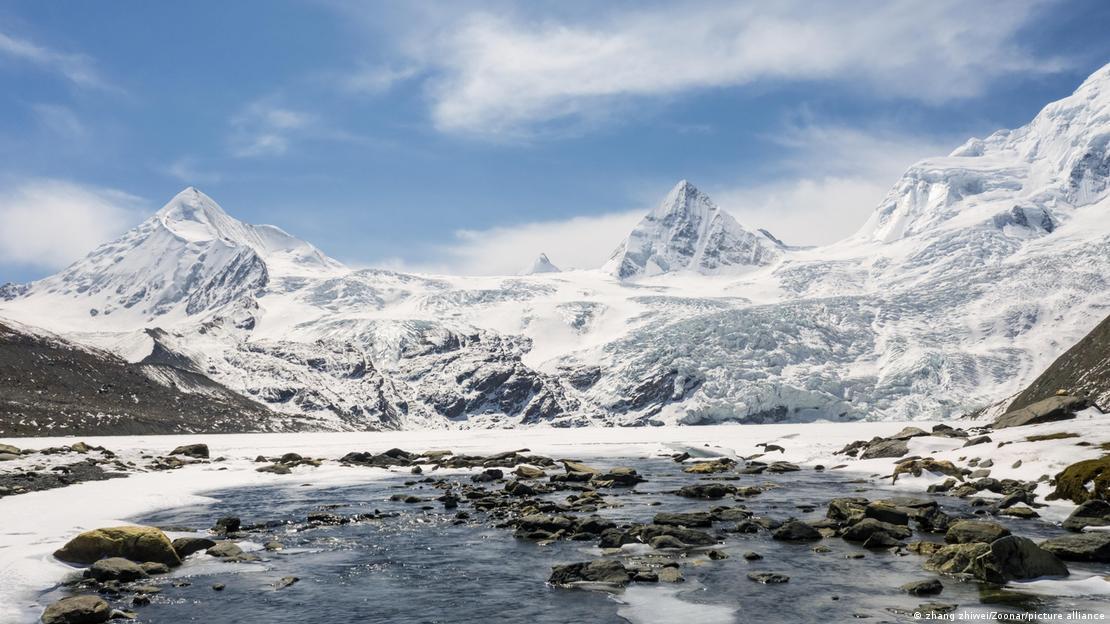
Both natural and human-related factors affect the state of glaciers on Earth, which are melting. Planetary phenomena such as the tilt of the Earth, its distance from the Sun, temperature, and atmospheric cycles belong to the first category. CO2 and water vapor emissions and vehicular and black carbon pollution make up the second one and these are among the leading harmful processes that drive and intensify modern climate change (Romshoo et al., 2022). These and other substances create greenhouse gases in the atmosphere that raise the temperature on the planet and accelerate glacier ablation (Fig. 1). Experts believe that “temperatures in the Himalayas are rising twice as fast as the global average, melting ice and cutting snowfall” (Schauenberg, 2022, para. 5). Unfortunately, one of the most geo-resource-rich places is suffering particularly hard from the devastating effects of climate change.
Glacier Movement in Nepal
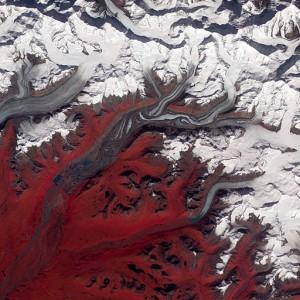
Glaciers are not just static bodies of ice but actively moving natural objects. Like tectonic plates, they are too big and move too slowly for the human eye. Scientists use special tools and metrics to identify where and at what pace the glaciers are flowing. Today, the glaciers around Everest are moving down towards Nepalese communities, and the reason for this is that they are in an active stage of surging. According to Davies (2020), “glacier surges — typically short-lived events where a glacier moves many times its normal rate — can occur when melt-water accumulates at the base of the glacier” (Fig. 2) (para. 10). An abnormally strong climate change in Nepal accelerated the melting of local ice clusters, which activated their surging phase. Moreover, King et al. (2020) argue that the Himalayas are a zone where surge-type glaciers are probably the predominant category. Therefore, one should expect their flow to continue to intensify and the scale of it to expand.
Melting Nepalese Glaciers, a Big Environmental Issue
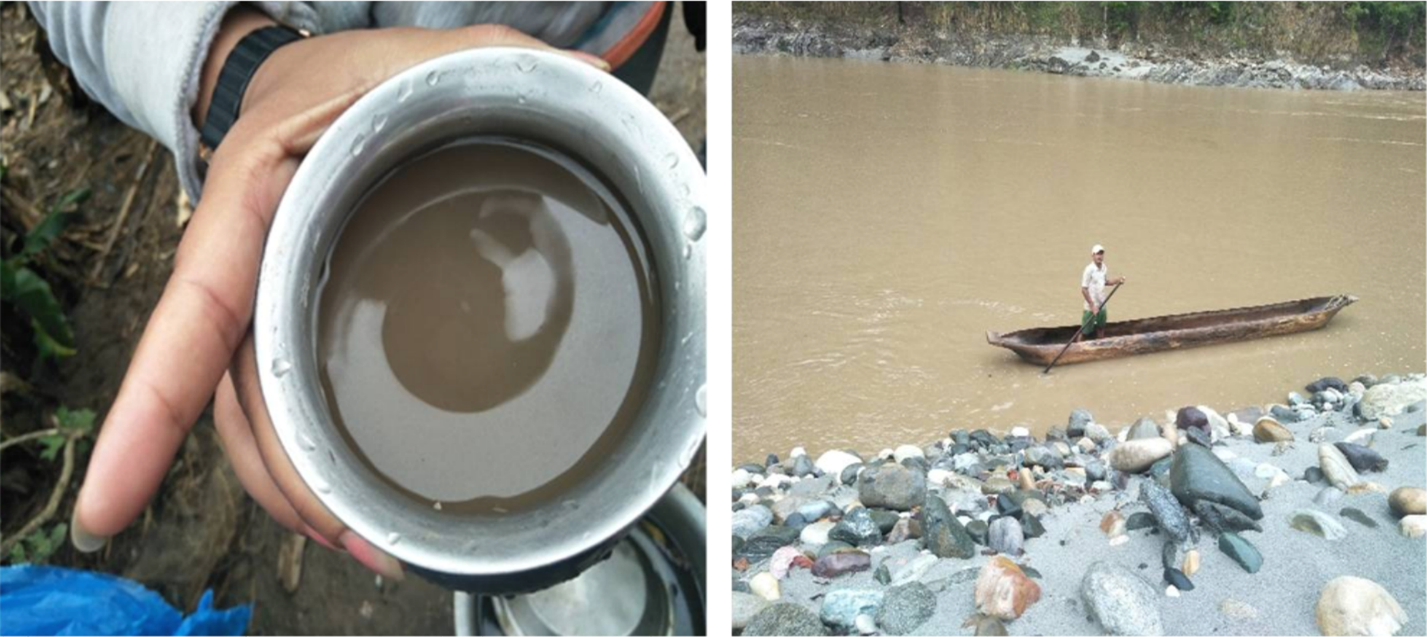
The melting of glaciers in the Everest region is worth considering as an environmental issue. It is an unnatural process that humans have caused; it disrupts the current local and global biophysical environments, and it will have high-scale devastating effects on humans and nature in the future. The accelerated glacial ablation puts many hydroelectric plants in Nepal and neighboring countries at risk of flooding (Schauenberg, 2022). The rapidly decreasing ice mass of glaciers disrupts the local water cycle. It results in the drying up of natural sources of drinking water. Nepal is a country where people, especially those in rural areas, have historically experienced a shortage of it (Fig. 3) (Gurung et al., 2019). Climate change will lead to forced migrations, social tensions, and crises in agriculture and healthcare.
Water Shortage, Economy, and Community Lifestyle Changes
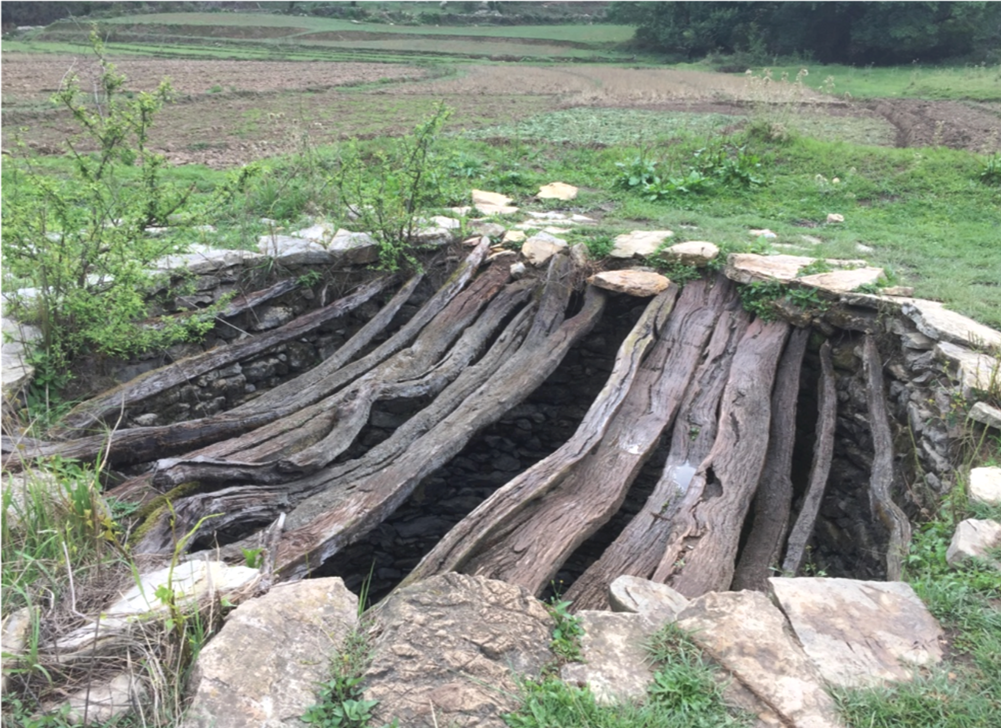
Water is a vital resource, the quantity and availability of which affects all aspects of society, traditions, and the economy in particular. All vital social institutions depend on it, such as farming, healthcare, transport, and infrastructure. Water scarcity limits the number of opportunities for economic development for people. It also forces them to reallocate the limited resources available to solve recurring problems and critical situations caused by its shortages. Water scarcity is destructive to the traditional way of life of communities. For example, many rural Nepalese now use PVC pipes to collect drinking water (Gurung et al., 2019). Before the climate change, they dug wells and ponds in their villages and used local springs (Fig. 4). These traditional practices kept the water cycle going and held communities together; today, they are largely gone.
Conclusion
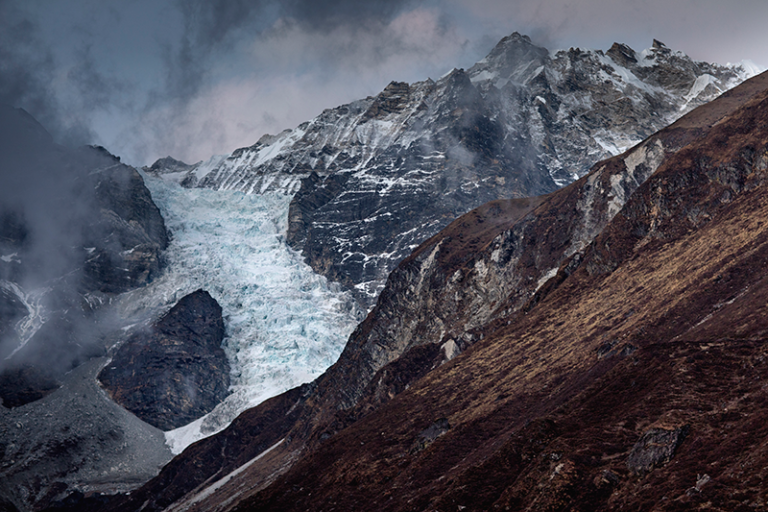
The retreating Nepalese glaciers and the impending environmental crisis perfectly exemplify humanity’s irresponsibility and ignorance. A still largely rural and non-industrialized society is likely to experience severe hardship and loss in the near future due to the shortsighted actions of other countries. Pictures of melting Himalayan glaciers and flooded Nepalese villages should be shown to anyone who does not believe in climate change (Fig. 5).
References
Augustin, J. (2021). As its glaciers melt, Nepal is forced into an adaptation not of its choosing. Mongabay. Web.
Davies, B. (2020). Surging glaciers. Antarctic Glaciers. Web.
Gurung, A., Adhikari, S., Chauhan, R., Thakuri, S., Nakarmi, S., Ghale, S., Dongol, B. S., & Rijal, D. (2019). Water crises in a water-rich country: Case studies from rural watersheds of Nepal’s mid-hills. Water Policy, 21(4), 826-847. Web.
King, O., Bhattacharya, A., Ghuffar, S., Tait, A., Guilford, S., Elmore, A. C., & Bolch, T. (2020). Six decades of glacier mass changes around Mt. Everest are revealed by historical and contemporary images. One Earth, 3(5), 608–620. Web.
Romshoo, S. A., Murtaza, K. O., Shah, W., Ramzan, T., Ameen, U., & Bhat, M. H. (2022). Anthropogenic climate change drives melting of glaciers in the Himalaya. Environmental Science and Pollution Research, 29(35), 1–37. Web.
Schauenberg, T. (2022). Melting glaciers threaten Asia’s water supply. Deutsche Welle. Web.